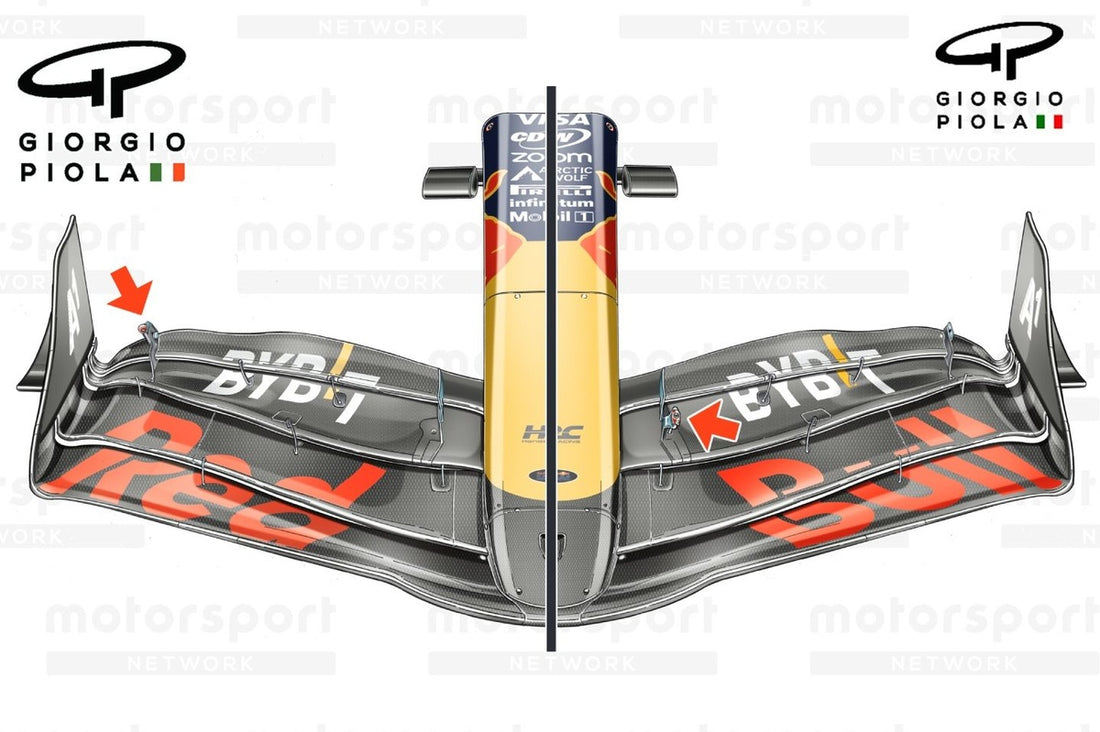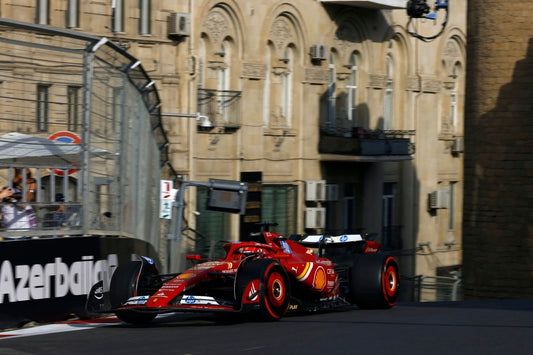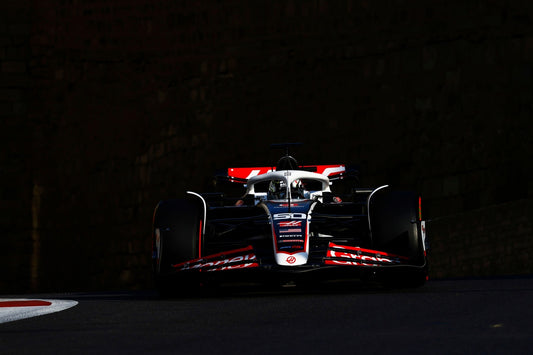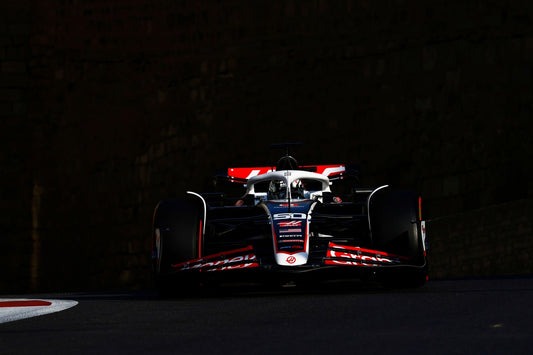Is Red Bull's Secret Weapon Now Its Achilles' Heel? The Front Wing Controversy
Manish
Red Bull's dominance in Formula 1 has faced a surprising challenge in recent weeks, as both McLaren and Mercedes have made significant strides in performance. The once-unbeatable team, predicted to sweep all races this season, now finds itself without a victory since the Spanish Grand Prix. This dramatic shift in fortunes has left many wondering about the root cause of Red Bull's sudden drop in form.
The Front Wing Factor
Red Bull team boss Christian Horner has provided an intriguing insight into what he believes is the key difference between his team and their resurgent rivals. According to Horner, the front wing design appears to be the critical area where other teams have found substantial performance gains. He noted that the front wing angles of McLaren and Mercedes are markedly different from the rest of the field, suggesting that this could be a pivotal factor in their recent success.
Architectural Differences
A closer examination reveals several architectural distinctions between the front wings of Mercedes and McLaren compared to Red Bull's design. One notable feature is the lower rear corner endplate cutout and semi-detached flap arrangement, a concept introduced by Mercedes in 2022 and subsequently adopted by other teams, including McLaren. This design aims to manipulate airflow around the wing, influencing the wake created by the tire behind it.
Innovative Design Elements
Another significant difference lies in how Mercedes and McLaren treat the division between the static inboard section of the wing and the movable flaps. Their designs incorporate a more diagonal bias in this split, resulting in a vortex being shed from the metal separators at the end of each section. This design choice is believed to enhance airflow to the floor and sidepod undercut, potentially contributing to improved overall performance.
The Role of Flexibility
The concept of flexible wings has gained renewed attention in recent times. Teams have long utilized aero elasticity to enhance performance, with various methods employed to achieve different results. The FIA's recent move to request additional cameras during free practice sessions underscores the growing scrutiny of this aspect of wing design. The ability to control how wing elements flex can significantly impact the shape, direction, and strength of vortices created, potentially offering a performance advantage.
Correlation with Performance Gains
The introduction of new front wing designs by McLaren and Mercedes in Miami and Monaco, respectively, correlates well with their improved performance. However, it's important to note that these gains are likely the result of comprehensive work on various aspects of their cars, not solely attributable to front wing modifications.
Red Bull's Response
In response to their rivals' progress, Red Bull has been experimenting with both old and new design solutions in recent races. The team has tested different nose designs and front wing configurations, suggesting they are still searching for the optimal combination to regain their competitive edge. Christian Horner expressed optimism about the lessons learned from recent races and their potential value for future development.
Looking Ahead
If the performance gap between Red Bull and their competitors truly stems from differences in front wing concepts, addressing this issue may require a significant shift in approach. Such changes are unlikely to be implemented in a single weekend, indicating that Red Bull may face a challenging period as they work to adapt and evolve their design philosophy. As the Formula 1 season progresses, all eyes will be on Red Bull to see how they respond to this unexpected turn of events and whether they can reclaim their position at the front of the grid.




